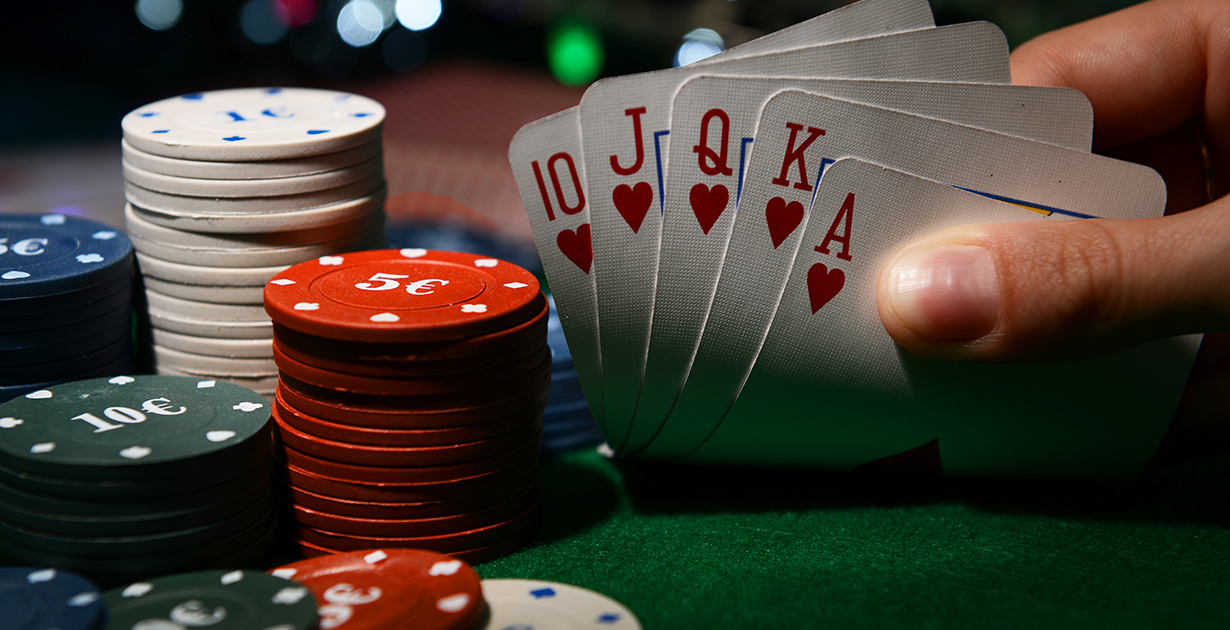
Poker is a card game played in many forms by people from all over the world. It is played in homes, in clubs, and at casinos. It has become one of the most popular card games in the United States. It has even been called the national card game, and its play and jargon permeate American culture. It is a game in which the object is to win a pot by having a high hand or betting enough to make other players fold.
A poker game can have from two to 14 players. The ideal number is six to eight players. All players sit around a table and each player has two cards that they can use only for their own hand. They also have five community cards that can be used by all the players. The first player to the left of the dealer puts in a small bet, which starts the betting round. The next player to the left must either call this bet or raise it. The raising of a bet means that the player puts in more money than the player to his or her left. The player to his or her right may call the raise or raise it again, and so on.
The rules of poker vary slightly between games, but there are some fundamental principles that apply to nearly all forms of the game. For example, in most games, each player must “call” the bet made by the person to his or her left. A player can raise the bet again, but if a player does not want to call the new bet, he or she can drop (fold) and no longer compete for the pot.
In most cases, the players’ hands are ranked in order of their probability of winning the pot. The highest ranked hand is a royal flush, which consists of the 10, Jack, Queen, King, and Ace of the same suit. A straight is a consecutive running series of cards, regardless of their suits. A four of a kind is three cards of the same rank and two matching cards. A full house is three of a kind plus a pair.
Tiebreaking is determined by the highest unmatched cards or pairs. If the highest pairs or unmatched cards are equal, then the higher single card breaks the tie. If there is a tie between the highest unmatched pairs, then the second-highest pair breaks the tie. If the highest pairs or unmatched cards do not break the tie, then the higher three of a kind breaks the tie.
There are many strategies for winning at poker, but the best one is to know when to bluff and when not to. A good bluff will make other players bet more, and the higher the amount of money bet, the more likely it is that a strong hand will win. A weak hand should not be bluffed at, as this will only cost the player more money.